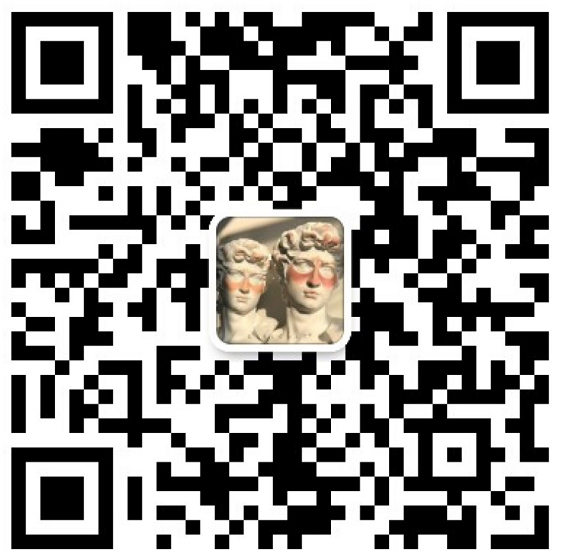KaJiang Special Audio Product Training Precautions

Introduction
In today's rapidly developing technological era, the application of audio products is becoming increasingly widespread, especially in content creation, education and training, entertainment, and other fields. KaJiang's special audio products, as a unique and advantageous audio device, are gradually becoming an important tool in the industry. To ensure that users can fully understand and effectively use these products, conducting systematic training is particularly important. This article will discuss in detail the precautions for training on KaJiang's special audio products, helping trainers and trainees to better engage in learning and communication.
Part One: Preparing for Training
1.1 Establish Training Objectives
Before conducting training, it is essential to clearly define the specific objectives of the training. These objectives should be closely related to the use cases and user needs of KaJiang's special audio products. For example, training objectives could include enabling students to master the basic functions of the product, understand its application scenarios, or be able to independently solve common technical issues. Setting measurable outcome indicators, such as students' test scores after training, practical operational capabilities, etc., can help trainers evaluate the effectiveness of the training.
1.2 Understand the Audience
Understanding the background and needs of the audience is key to the success of training. Different audiences may have different levels of knowledge and usage requirements, so when designing training content, adjustments should be made based on the characteristics of the audience. For example, for beginners, the focus can be on explaining the basic functions and usage methods of the product, while for experienced users, advanced functions and technical details of the product can be discussed in depth. Through needs analysis, ensure that the training content meets the expectations of the students.
1.3 Choose the Appropriate Training Method
The choice of training method directly affects the effectiveness of the training. Online and offline training each have their advantages and disadvantages. Online training is flexible and convenient, suitable for a large audience, but may lack interactivity; while offline training can provide a better interactive experience, but the number of participants is limited. Therefore, trainers should choose the most suitable training method based on the characteristics of the audience and the training objectives. Additionally, enhancing interactivity and participation can be achieved through group discussions, live demonstrations, etc.
Part Two: Designing Training Content
2.1 Product Knowledge
The design of training content should start with product knowledge. Firstly, introduce the basic functions and features of KaJiang's special audio products, including its sound quality, portability, user interface, etc. Then, analyze the product's application scenarios with practical cases, such as specific applications in podcast production, online education, music creation, etc. Through vivid examples, help students better understand the value of the product.
2.2 Technical Points
Building on an understanding of product knowledge, delve into the technical specifications and parameters of audio products, such as frequency response, signal-to-noise ratio, power, etc. These technical points are essential knowledge that users need to grasp when using the product. In addition, the training should also cover common issues and solutions, such as how to deal with audio latency, noise interference, etc. By explaining the technical points, students' professional competence is enhanced.
2.3 Hands-on Practice
Learning theoretical knowledge cannot be separated from practical operation. The training should include hands-on practice sessions, allowing students to experience the process of using the product firsthand. Trainers can demonstrate actual operational steps and emphasize precautions, such as how to correctly connect devices, adjust volume, etc. Through live demonstrations and simulated exercises, students can more intuitively understand the product's usage methods and enhance memory retention.
Part Three: Considerations During Training
3.1 Interaction and Feedback
Interaction and feedback are crucial aspects to enhance the effectiveness of learning during training. Trainers should encourage students to ask questions and engage in discussions, creating an open learning atmosphere. Through interaction, students can gain a deeper understanding of the training content and also help trainers identify students' confusion and needs in a timely manner. Additionally, collecting feedback promptly to adjust training content and methods ensures the relevance and effectiveness of the training.
3.2 Time Management
Effective time management is crucial to ensuring the smooth progress of training. Trainers should control the time allocation for each segment reasonably, avoiding any part of the content becoming overly lengthy and affecting the overall progress. At the same time, ensure the completeness and coherence of the training content so that students can systematically grasp the knowledge. Developing a detailed training schedule can help trainers and students better manage time.
3.3 Recording and Summarizing
Recording key points during training is essential. Trainers can briefly summarize the content after each segment, and record students' feedback and questions. This not only helps trainers in subsequent summarization and reflection but also provides students with review materials. After the training, conduct a comprehensive summary and reflection, analyze the successes and shortcomings of the training, and provide directions for improvement in future training.
Part Four: Follow-up After Training
4.1 Evaluation and Feedback
After the training, evaluating the training effectiveness is essential. Evaluation of students' mastery of the training content can be done through surveys, tests, etc. Additionally, collecting students' feedback to understand their views and suggestions on the training is crucial. This feedback will provide important insights for improving future training.
4.2 Continuous Learning
Training is not an end but a new beginning. To help students continue learning after training, trainers should provide post-training resources and support, such as recommending relevant books, online courses, etc. Additionally, establishing a platform for student interaction, encouraging them to share experiences and learning insights, promotes mutual learning and growth.
Conclusion
Training on KaJiang's special audio products is not just about imparting knowledge but also about enhancing users' ability to use them. Through systematic training, students can effectively enhance their understanding and application capabilities of the product, thereby maximizing the product's value. It is hoped that through the discussion in this article, trainers and students will be provided with useful references and guidance to promote the widespread application and development of KaJiang's special audio products.
Appendix
Related Resources and References
- KaJiang Special Audio Product User Manual
- Audio Technology Basic Books
- Online Audio Production Courses
Training Schedule and Timetable
| Time | Content | Trainer |
|--------------|--------------------------|--------------|
| 09:00-09:30 | Training Objectives and Audience Analysis | Trainer A |
| 09:30-10:30 | Product Knowledge Introduction | Trainer B |
| 10:30-10:45 | Break | |
| 10:45-11:45 | Technical Points Explanation | Trainer C |
| 11:45-12:30 | Hands-on Practice | Trainer D |
| 12:30-13:30 | Lunch | |
| 13:30-14:30 | Interaction and Feedback | Trainer A |
| 14:30-15:30 | Summary and Evaluation | Trainer B |
Through the above training arrangement, students will be able to comprehensively understand the use and application of KaJiang's special audio products, laying a solid foundation for their future work and study.





